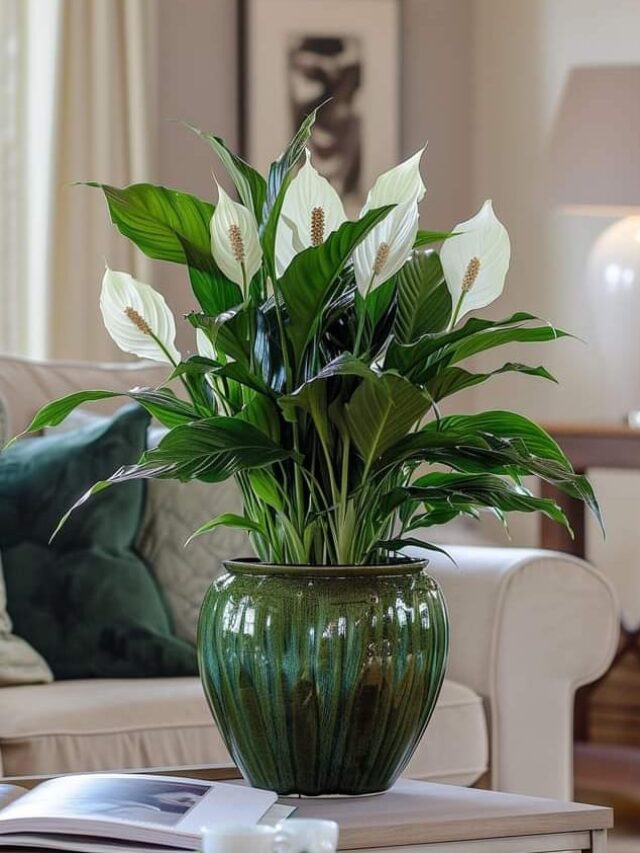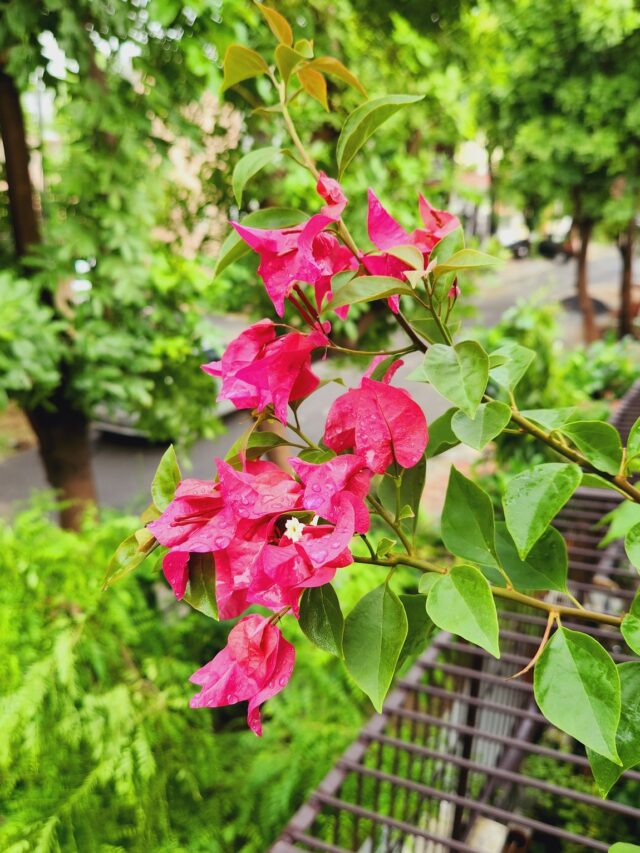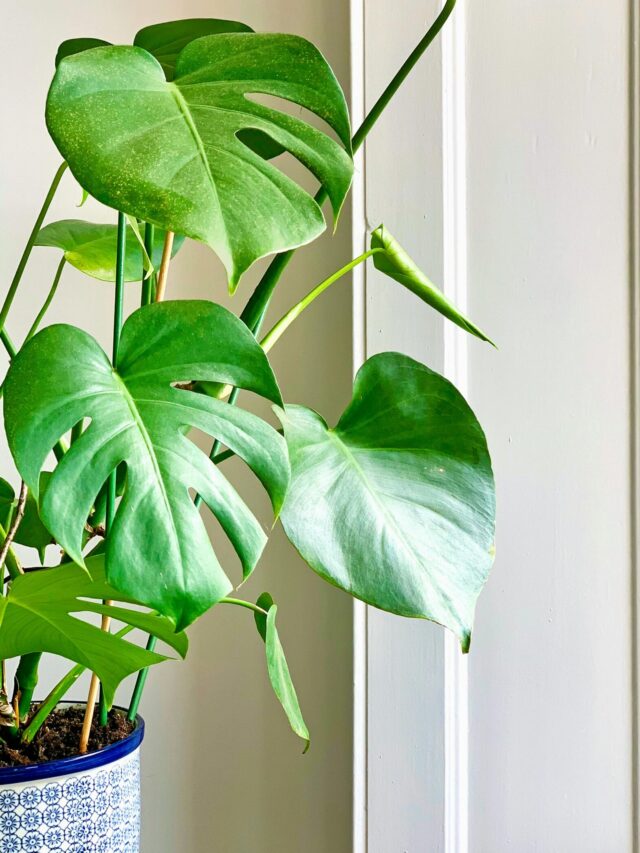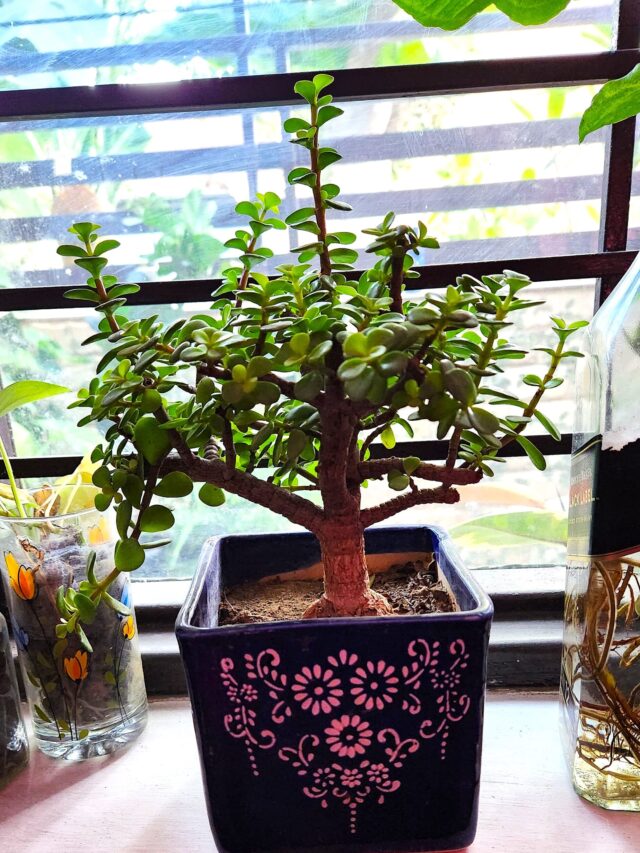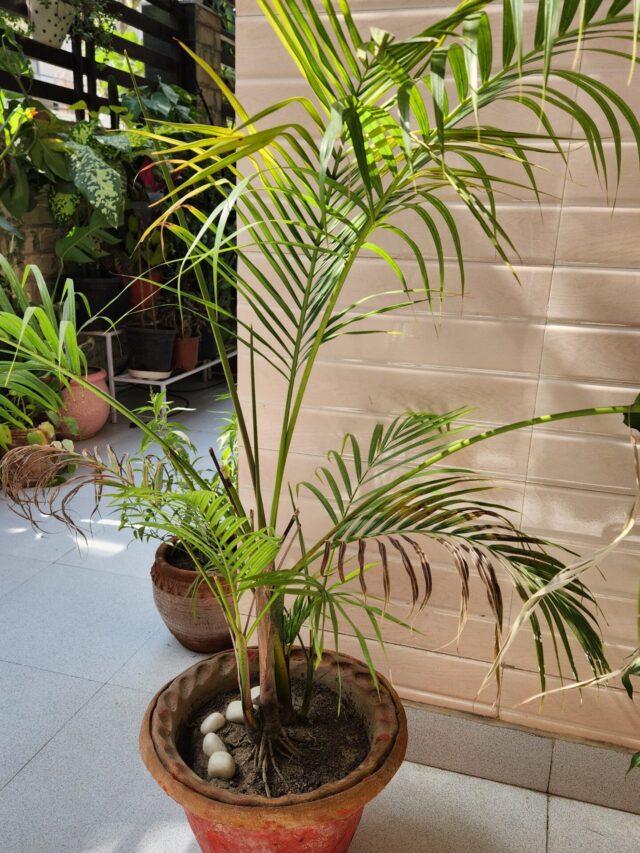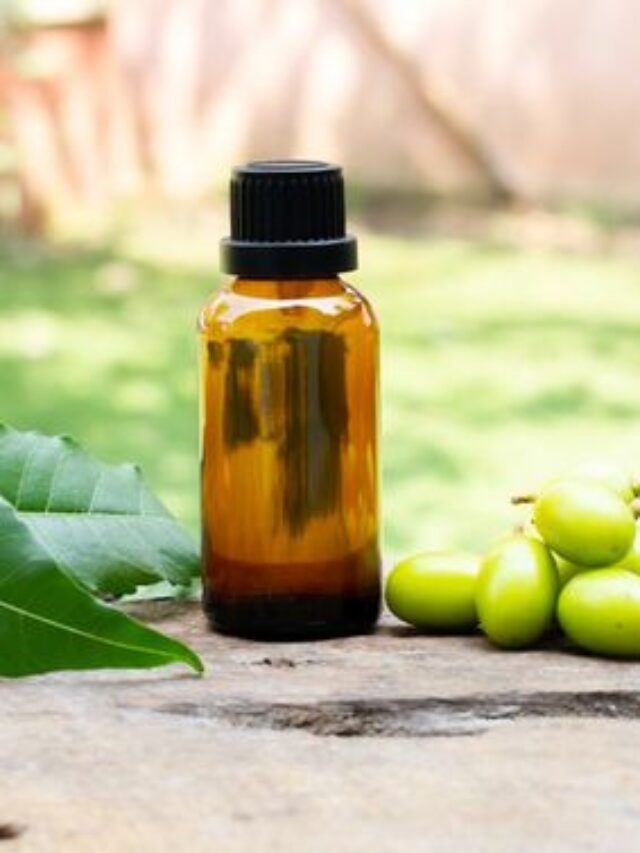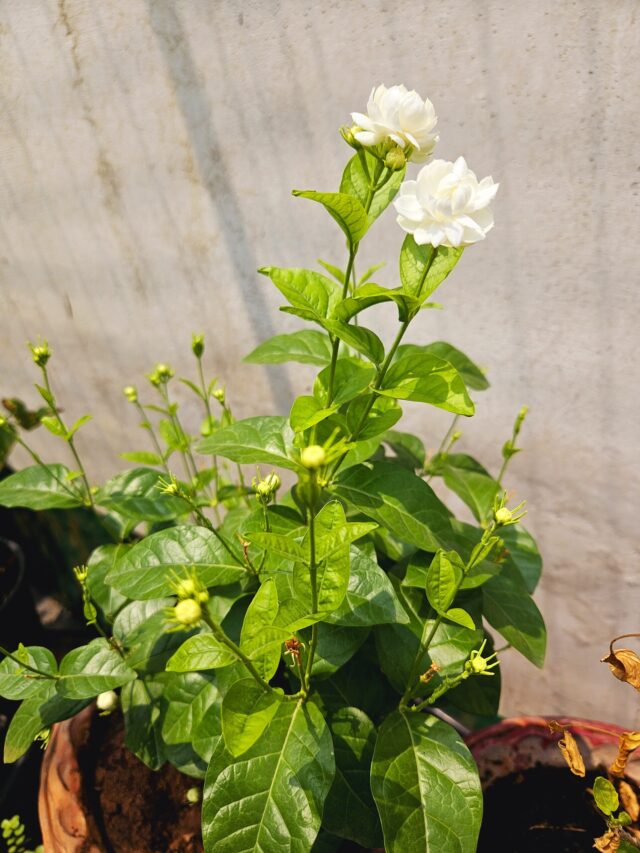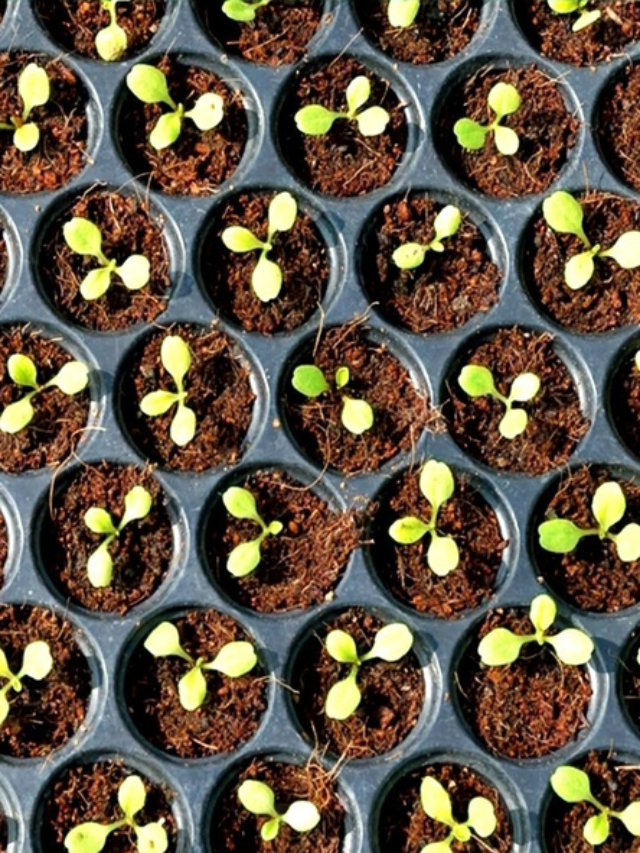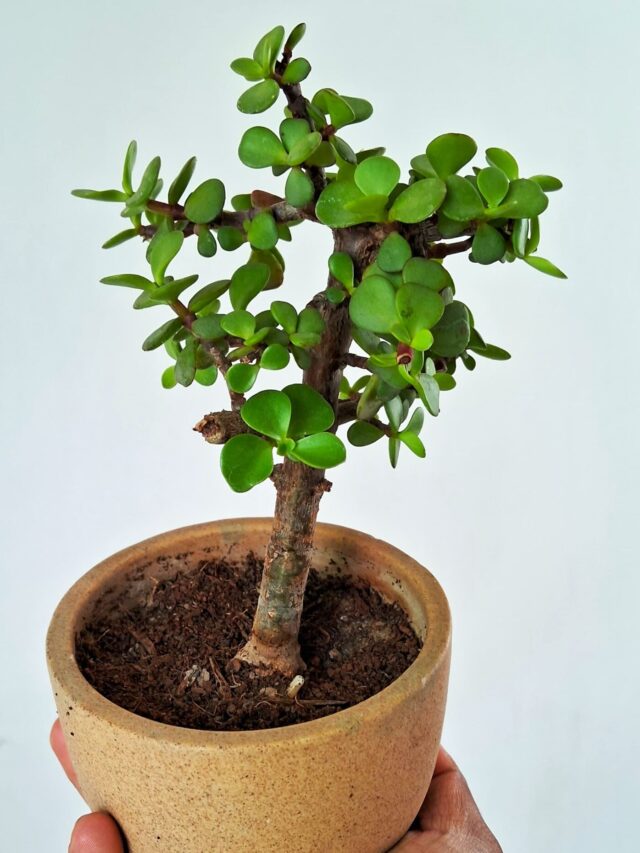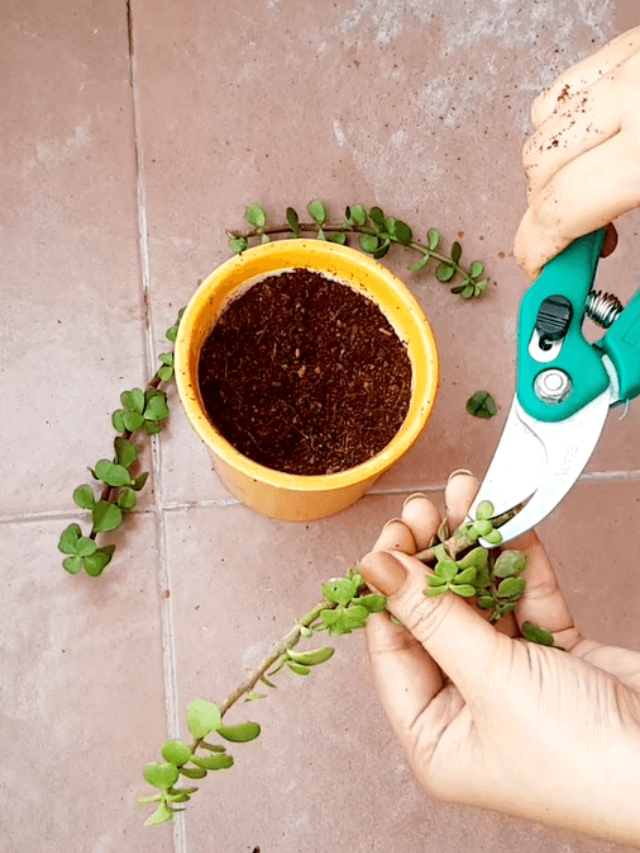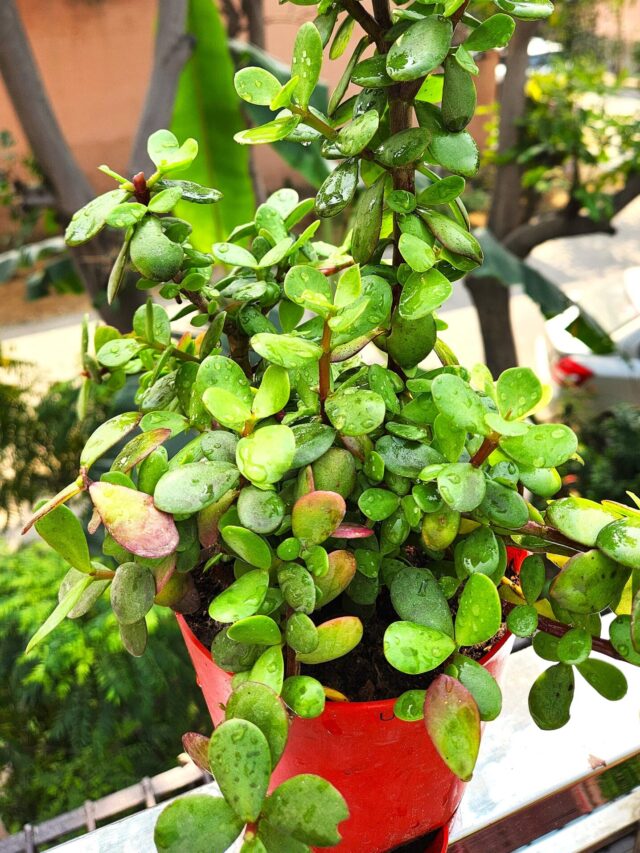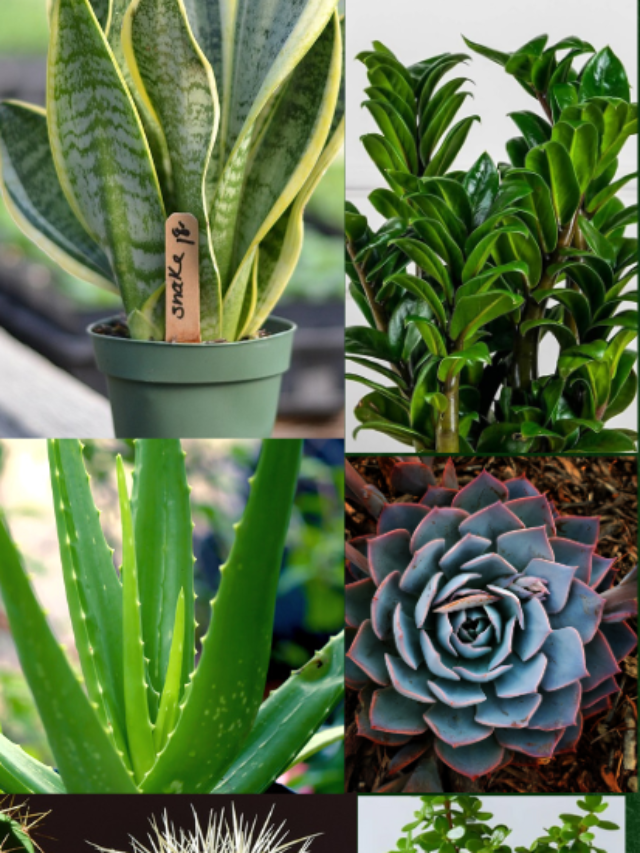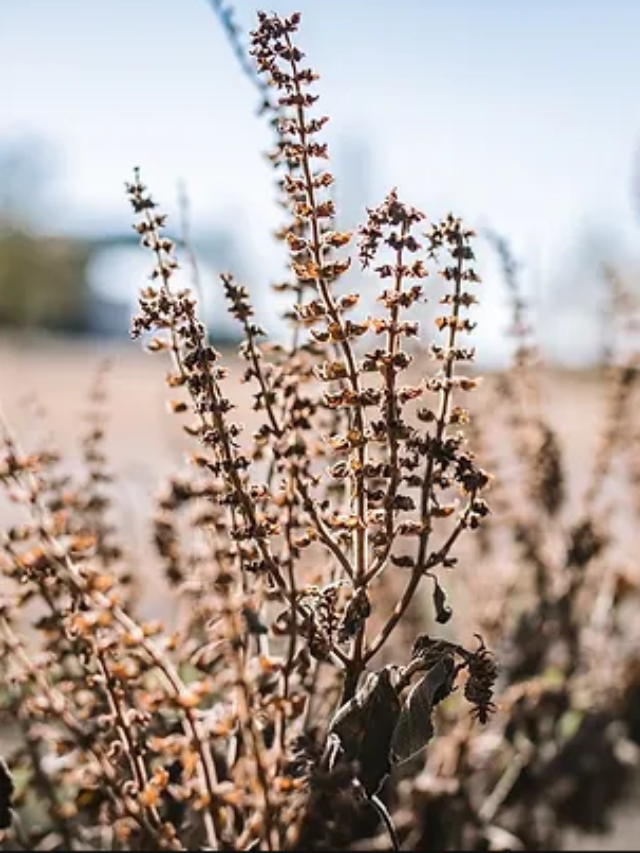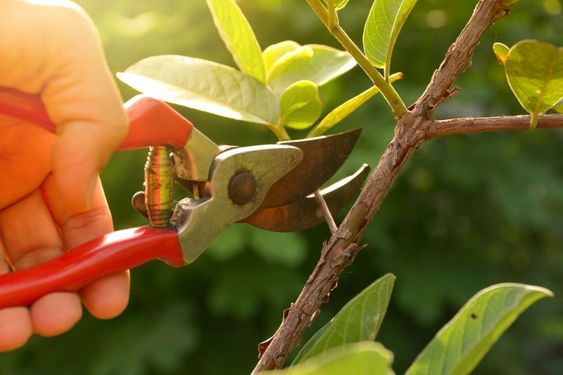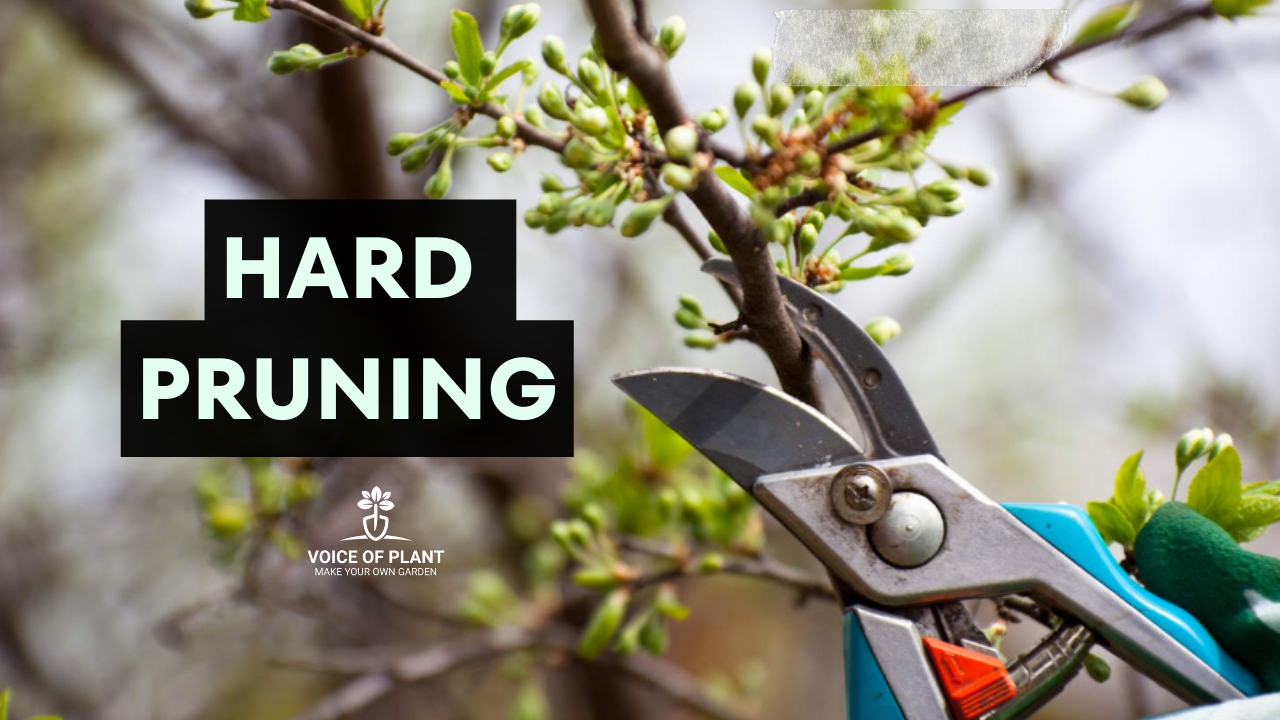One question that always arises in the mind of most gardeners is: Can we do Hard Pruning of all Plants?
The answer is No.
We cannot do hard pruning of all plants.
This technique is not suitable for all plants and should be approached with caution, as it can be stressful for the plant and may affect its growth and health if done improperly. However, when performed correctly, hard pruning can rejuvenate overgrown or neglected plants, promote vigorous growth, and improve overall plant health and appearance.
Which plants should be Hard Pruned?

When considering which plants to hard prune, it is important to select those that are capable of regenerating from severe pruning and have the potential to produce new growth from dormant buds or adventitious shoots.
Generally, hard pruning is most effective for perennial plants rather than annuals or biennials.
Perennial plants with typical stems and numerous branches are well-suited to hard pruning because they have the capacity to produce new growth from older wood.
What are Perennial plants?

Perennial plants are plants that live for more than two years, unlike annuals, which complete their life cycle in just one year, or biennials, which live for two years.
- Perennials have the ability to regrow from their roots year after year, often producing flowers and seeds repeatedly throughout their lifespan. These plants typically go through periods of dormancy during winter and then resume growth when conditions become favorable again.

Examples of some plants which are perennial:
Tulsi (Holy basil) plant, Curry plant, Hibiscus, Night Jasmine (Parijat), Clitoria (Aprajita), Bougainvillea, Rose plant, etc.
Examples of some seasonal plants:
In contrast, seasonal plants such as annual flowers (Marigold, Pitunia, Dahlia, etc.) or vegetables (Bottle Gourd, Capsicum, Carrots, Beans, Tomato, Brinjal, etc.) do not require hard pruning as they complete their life cycle within a single growing season.
Tools and Equipment for Hard Pruning

When hard pruning plants, it is important to use sharp, clean pruning tools to make clean cuts and minimize the risk of disease transmission.
Timing of Pruning
Additionally, it is essential to consider the timing of pruning, as most hard pruning is best done in late winter or early spring before the plants break dormancy and begin actively growing again.
By selecting the right plants and timing the pruning correctly, gardeners can harness the benefits of hard pruning to rejuvenate and invigorate their landscape plants.
Happy Gardening!
Make Your Own Garden!

